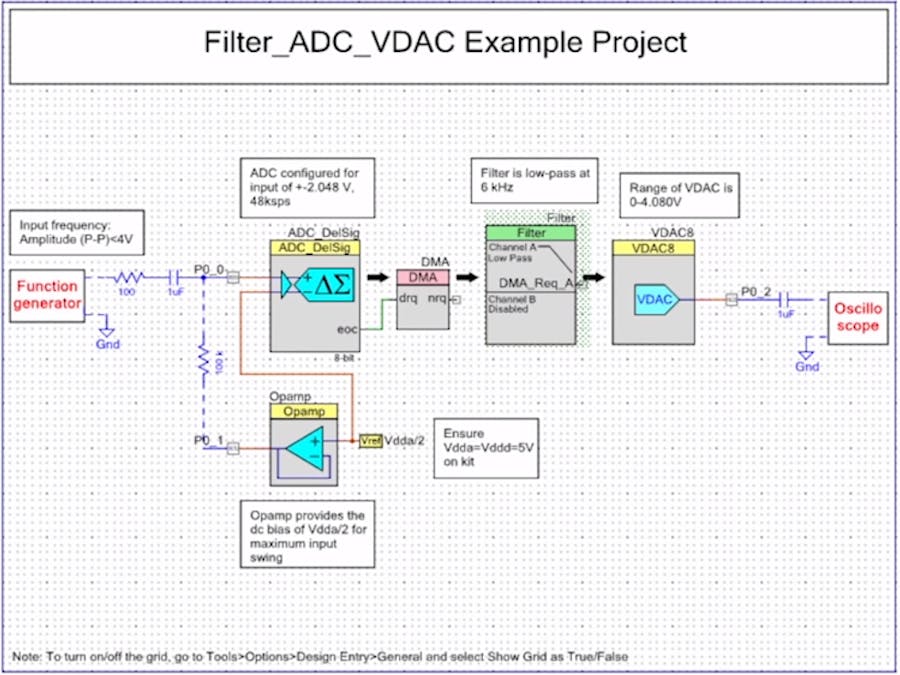Daniel404
Newbie
Im gonna make my first MCU project and want to make an EEG with atmega328p. I know how to program it. I know DSP to the level of Oppenheims book.
I would like to know how hard of a project it is and wether it is accomplishable with my level of knowledge.
I would like to know how hard of a project it is and wether it is accomplishable with my level of knowledge.


